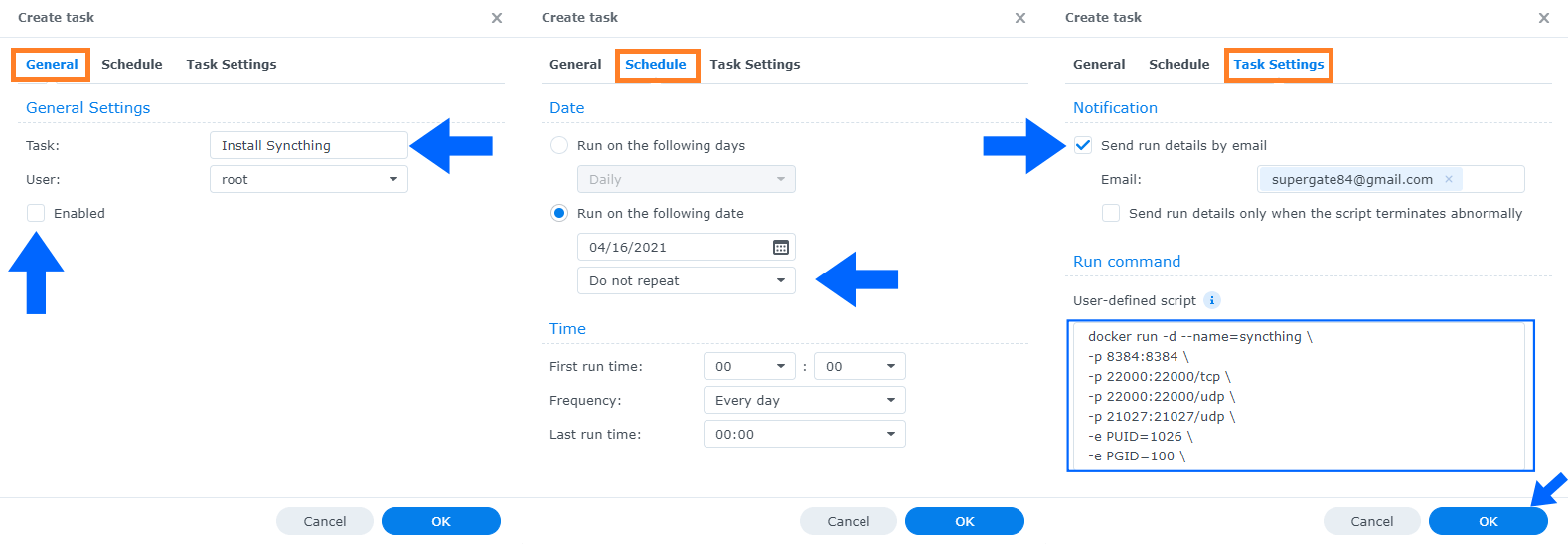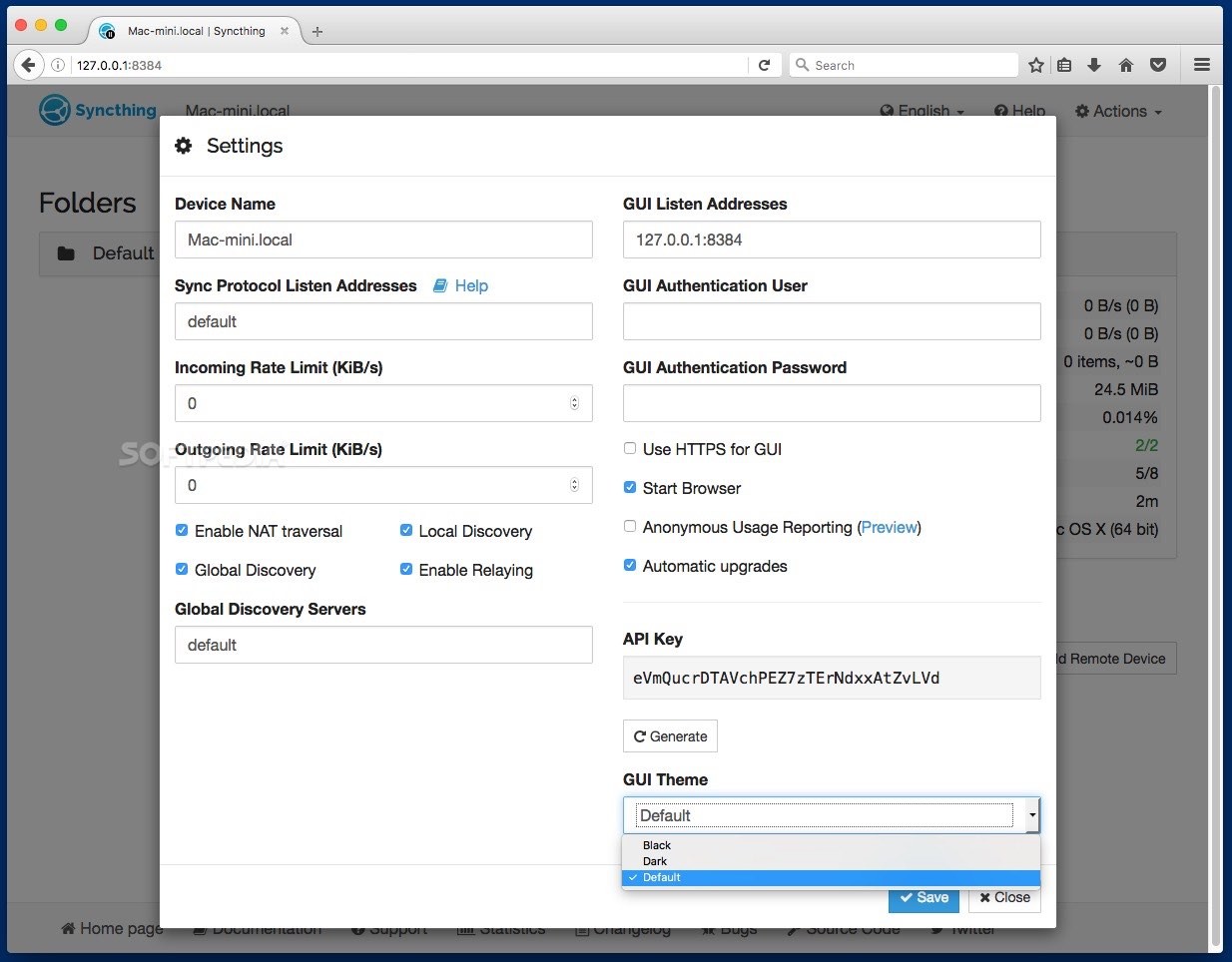

Upon starting up the app on 2 of my PCs, a message appeared giving me an opportunity to opt out. I was looking for a way to get my iOS powered machine in on the fun, since Syncthing isn't available for iOS. No "cloud" needed!īy the way, you can run Syncthing and Resilio Sync together on the same folder. After I finish my classes for the day, I run Syncthing and all my work gets sent to my work computer, then I can view my notes on the big screen. Between my work computer and my tablet, I have two shared folders, one that is extremely organized and holds all my important stuff, and another that is just a sandbox for dumping stuff to organize later. I set up a folder containing all my music files between the two computers. My tablet is for note-taking during school. Another is my main work computer for essays and whatnot. If you are unsure of how you should use Syncthing, I'll tell you about my own use case. It's not exactly a big deal and can be resolved pretty easily, but it's something to be aware of. After a few months, however, I can say that Syncthing is running smoothly now.Ī little note on when it syncs: this may be just my experience, but I have gotten a lot of files with "nflict" appended to the end of its name. Even after making it work the first time, it didn't always work the weeks following that. I admit that I felt a little lost while getting it to work. Upon first setting up, it took some effort to get Syncthing working properly. On the top right, you can view information about your current device, and on the bottom right, you get a list of all the devices that are currently connected.

On the left, you have a list of folders that you have chosen to be shared among some of your devices. With just Syncthing (not SyncTrazor for Windows), you will have to open a browser to get to its GUI. In terms of interface, I think Syncthing's is quite nice to look at and use. You can get a very fine level of control over its configuration, to the point of breaking something if you mess up, whereas in Resilio Sync you would have to pay for some of the advanced features Syncthing already has.

#Syncthing speed manual
That manual is quite in-depth, and is currently beyond my level of comprehension. Speaking of relays, it's some term that the Syncthing manual uses to describe one way of how data is being transferred.
#Syncthing speed how to
I'm sure it would be even faster if I could figure out how to stop relying on a relay. I think Resilio Sync is a tad faster than Syncthing, but Syncthing's speed is still good. They share much of the same features and functionality. If you're familiar with Resilio Sync, then you can think of Syncthing as the free and open source version of it.


 0 kommentar(er)
0 kommentar(er)
